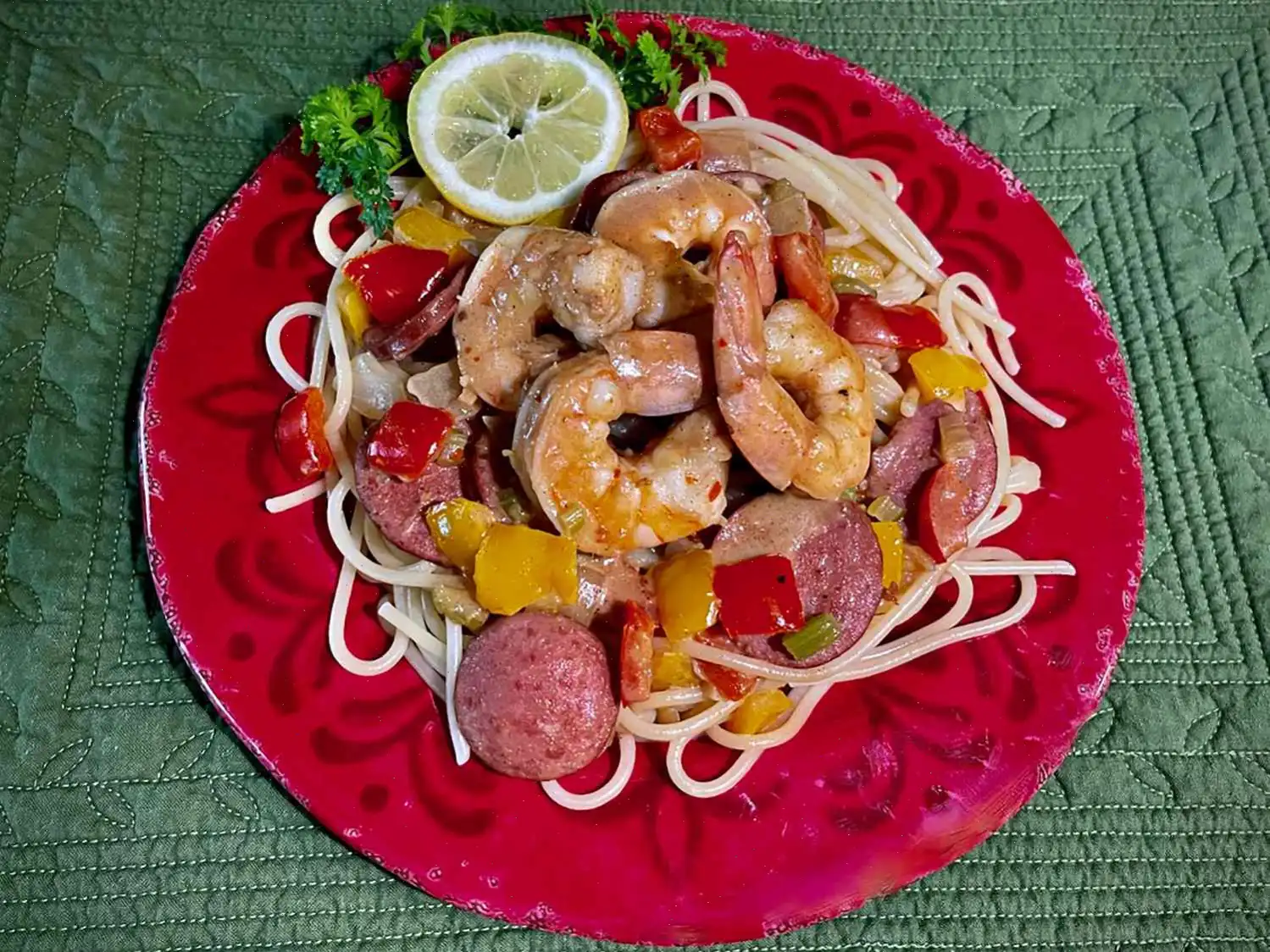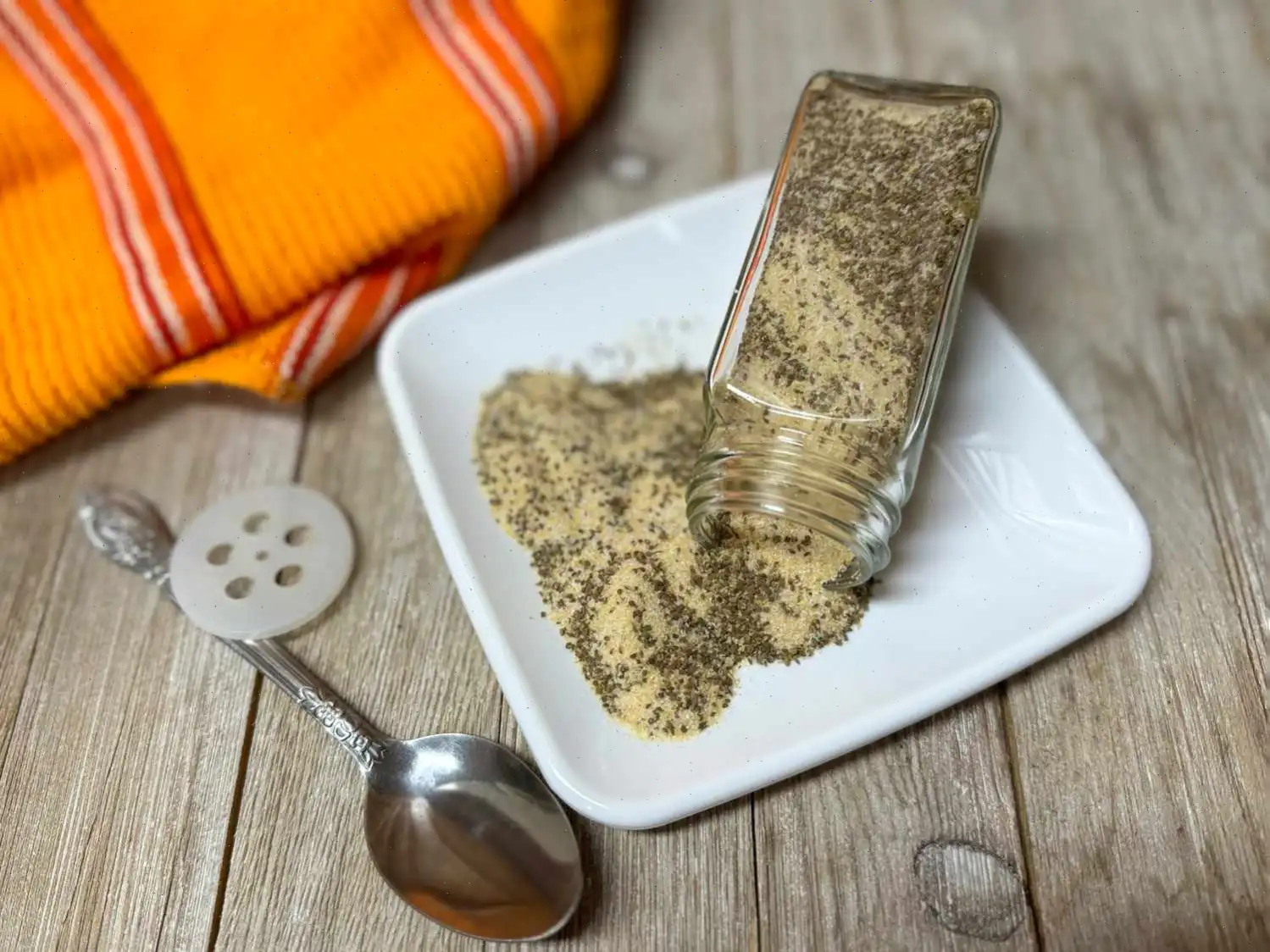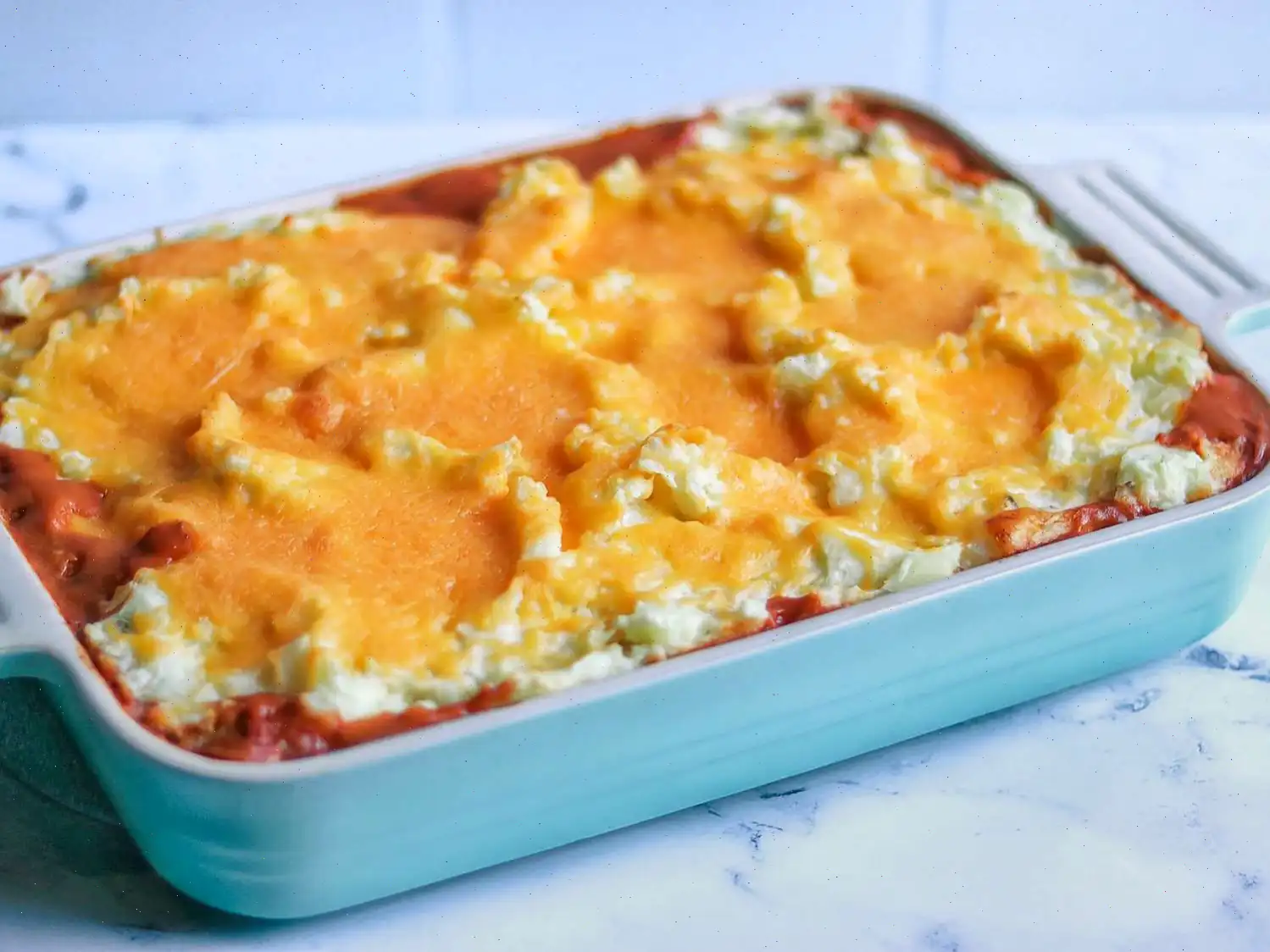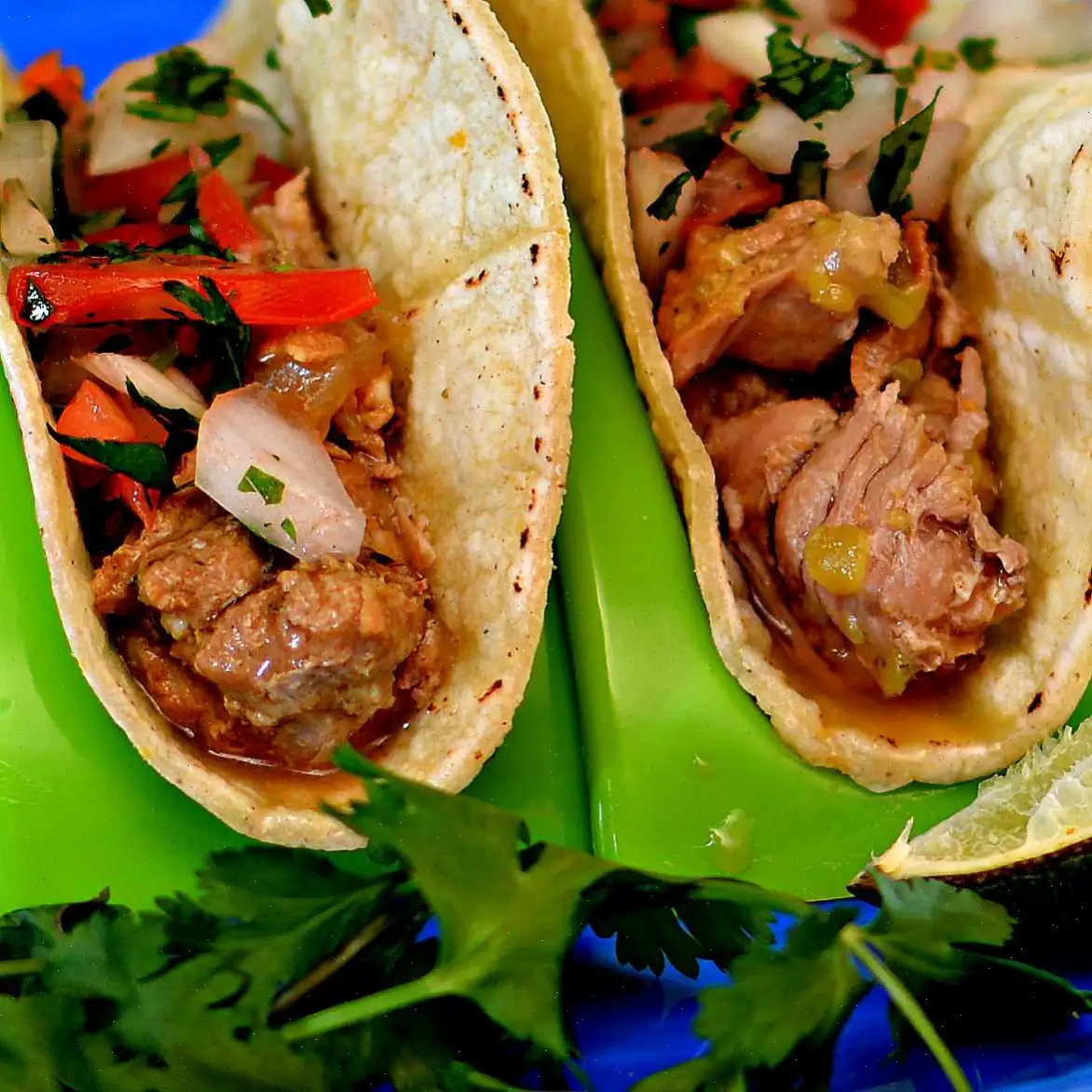
Beef Tenderloin with Dijon Cream Sauce Recipe
This recipe yields 8 servings and brings out the tender flavors of beef with a creamy and tangy sauce.
Ingredients
- 1 (2-pound) beef tenderloin, trimmed, with silver skin removed
- 2 tablespoons butter, softened
- 3 1/2 teaspoons Worcestershire sauce
- 1 teaspoon salt
- 1 teaspoon freshly ground black pepper
- 3/4 cup mayonnaise
- 1/4 cup Dijon mustard
- 2 dashes of hot sauce
- Fresh parsley, for garnish
Directions
- Preheat the oven to 500F (260C). Line a 10x15-inch rimmed baking sheet with foil.
- Place the beef tenderloin on the prepared baking sheet. Rub the beef with softened butter, then drizzle with 1 1/2 teaspoons of Worcestershire sauce. Season with salt and pepper.
- Tuck the tapered end of the tenderloin underneath to ensure even cooking.
- Roast the beef in the preheated oven for 25 to 30 minutes, or until an instant-read thermometer inserted into the thickest part reads 135F (57C) for medium-rare doneness.
- Remove the tenderloin from the oven and transfer it to a cutting board. Tent loosely with foil and allow it to rest for 10 minutes. After resting, the thermometer should read 145F (63C) for the perfect medium-rare roast.
- While the beef rests, prepare the sauce. In a small bowl, combine the mayonnaise, Dijon mustard, hot sauce, and the remaining 2 teaspoons of Worcestershire sauce. Stir well until smooth.
- After resting, slice the beef tenderloin into medallions. Serve with the sauce and garnish with fresh parsley.
Nutrition Facts
| Nutrition Facts | Per Serving |
|---|---|
| Calories | 541 |
| Total Fat | 46g (60% DV) |
| Saturated Fat | 15g (76% DV) |
| Cholesterol | 113mg (38% DV) |
| Sodium | 710mg (31% DV) |
| Total Carbohydrate | 1g (0% DV) |
| Dietary Fiber | 0g (1% DV) |
| Total Sugars | 0g |
| Protein | 28g (55% DV) |
| Vitamin C | 1mg (1% DV) |
| Calcium | 22mg (2% DV) |
| Iron | 4mg (22% DV) |
| Potassium | 419mg (9% DV) |
Note: The percent daily values (% DV) are based on a 2,000 calorie diet. Your daily values may be higher or lower depending on your calorie needs.
The Beef Tenderloin with Dijon Cream Sauce recipe is a sophisticated and flavorful dish that blends the tenderness of high-quality beef with the tangy creaminess of Dijon mustard sauce. This dish is often served on special occasions and holiday dinners, embodying both elegance and comfort in every bite. But how did this recipe come to be, and what makes it so distinct from other similar dishes? Let's explore its origin, regional features, and more.
History and Origin of Beef Tenderloin
Beef tenderloin, often referred to as the "Filet Mignon," is one of the most prized cuts of beef due to its tenderness and mild flavor. The tenderloin comes from the loin of the cow and is a muscle that doesn't get much exercise, which is why it's so soft. Its popularity grew in European aristocratic kitchens during the 18th and 19th centuries, where it was often served as a luxury dish in high-end restaurants and private estates. The combination of beef tenderloin with Dijon mustard and cream likely originated in France, where mustard has been a staple ingredient for centuries. The pairing of Dijon mustard with rich cream enhances the flavors, balancing the richness of the beef and adding a sophisticated touch to the dish.
Regional Features of the Dish
Though beef tenderloin with Dijon cream sauce is commonly associated with French cuisine, its presence in modern American kitchens is undeniable. In the U.S., it's often seen as a celebratory dish, especially for Christmas or New Years Eve dinners. The American twist on the recipe often involves adjusting the sauce to suit regional preferences, such as adding hot sauce for a bit of spice or using different types of mustard. While Dijon mustard is the most commonly used variety for its smooth texture and sharp flavor, variations can include whole grain mustard for a more textured sauce. In French cuisine, tenderloin is often paired with lighter sides like fresh vegetables or delicate mashed potatoes, enhancing the dishs refinement.
How This Dish Differs from Similar Dishes
Beef tenderloin can be prepared in various ways, such as grilling, pan-searing, or roasting. However, what sets this particular recipe apart is the Dijon cream sauce, which elevates the dish with its creamy texture and bold, tangy flavor. This sets it apart from more traditional preparations like the classic Beef Wellington, which uses puff pastry and a mushroom duxelles. Unlike the rich, pastry-filled Wellington, this dish is lighter yet still indulgent, offering a perfect balance between the beefs juiciness and the sauces richness. The simplicity of this recipe also allows the beefs natural flavors to shine, making it a favorite for both beginners and seasoned chefs alike.
Where Is Beef Tenderloin with Dijon Cream Sauce Typically Served?
This dish is a popular choice for formal gatherings and holiday meals, making an appearance at upscale restaurants and family celebrations. It's often served at Christmas, Thanksgiving, and New Year's dinners, where it can serve as a centerpiece on the table. Its elegant presentation and sophisticated flavor make it suitable for occasions where guests are treated to a gourmet meal. Beef tenderloin with Dijon cream sauce also pairs wonderfully with fine wines, such as a full-bodied red wine like Cabernet Sauvignon, which complements the richness of the beef.
Interesting Facts about Beef Tenderloin
- The tenderloin is considered the most tender cut of beef because it comes from a muscle that is not used for movement.
- Beef tenderloin is often used in other well-known dishes, like Beef Wellington, steak au poivre, and, of course, Filet Mignon.
- Dijon mustard, the key ingredient in the sauce, originates from Dijon, France, and is made with white wine or wine vinegar, giving it a sharper flavor compared to other mustard varieties.
- The cooking technique for this dishroasting the tenderloin in a hot ovenensures that the beef remains tender and juicy while developing a beautiful crust on the outside.
- Beef tenderloin is often seen as a symbol of luxury in many cultures, particularly in Western cuisine, due to its high cost and delicate texture.
Whether you're a seasoned cook or a beginner, Beef Tenderloin with Dijon Cream Sauce is sure to impress. With its rich history, regional variations, and luxurious presentation, it stands as a testament to the enduring love of fine dining.








